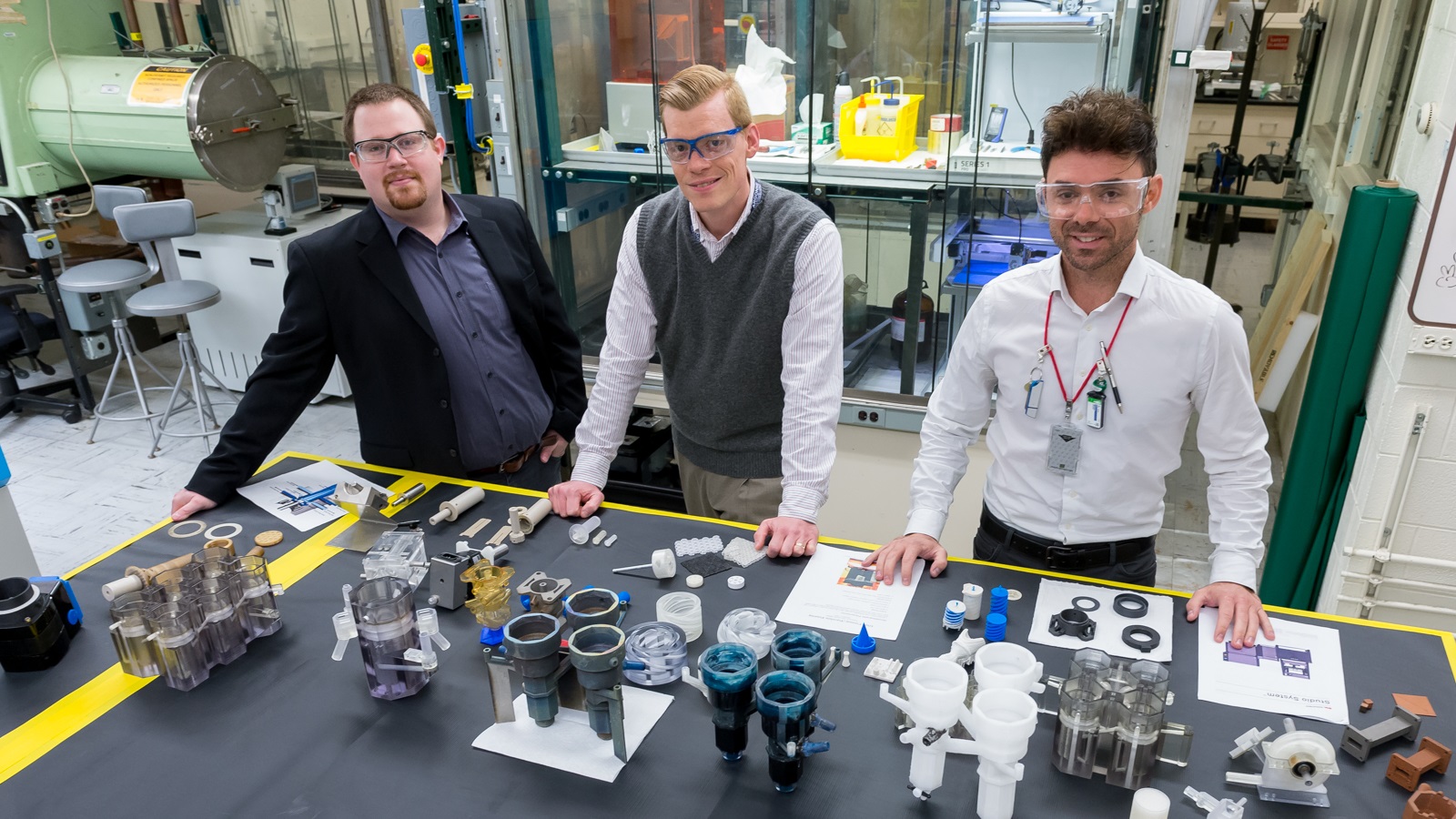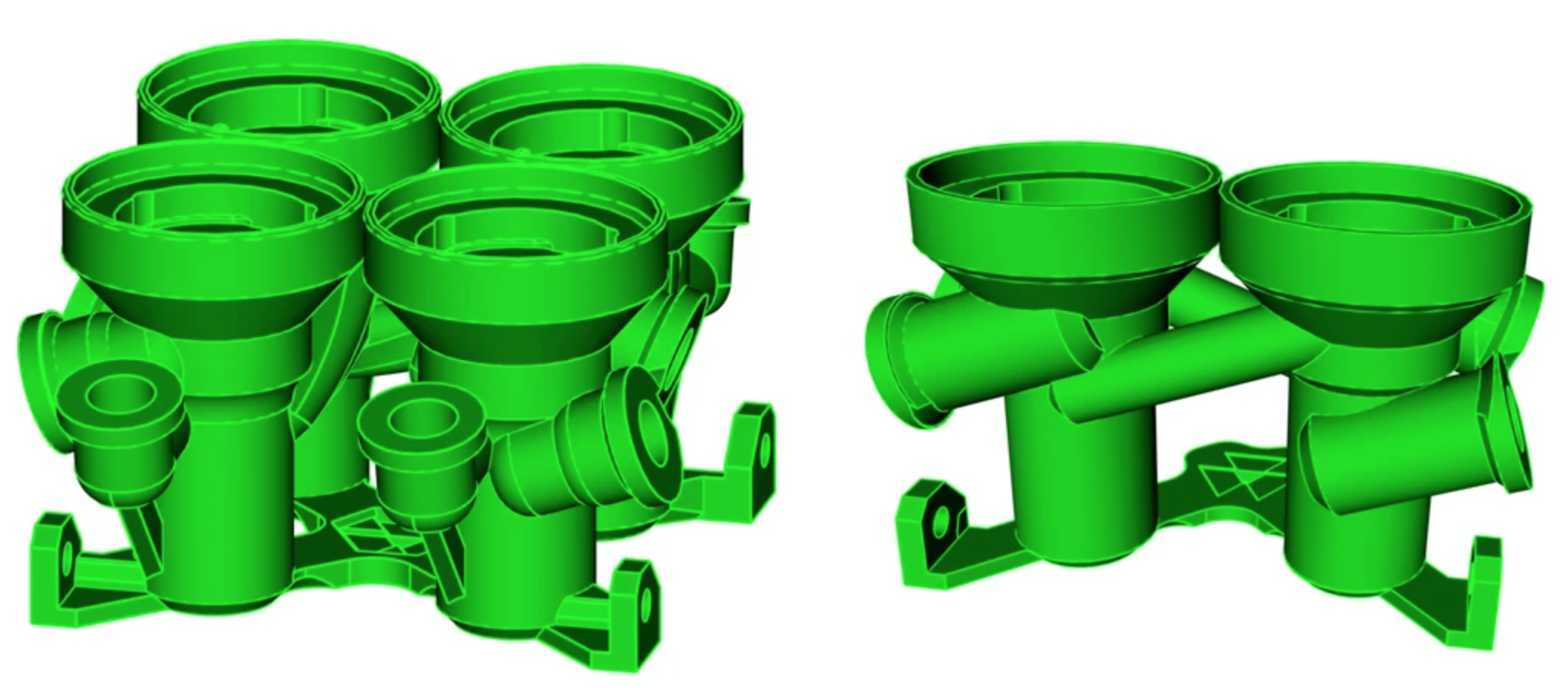In 1989, during a hearing before the United States Subcommittee on Transportation and Hazardous Materials, a woman by the name of Millie Smith disclosed that she was one of 20,000 children that the Centers for Disease Control determined had been exposed to the “secret radioactive releases of Hanford [Site].” According to experts, the 50 million gallons of nuclear waste housed in underground tanks for decades at the Hanford Nuclear production complex on the Columbia River in the state of Washington remains today one of the worst nuclear disasters in history. The woman’s recounting revealed dozens of cases of fellow neighbors with life-threatening diseases because, just like every other nuclear catastrophe, the resilient effects of hazardous waste cause environmental havoc. With 450 nuclear reactors in operation in 31 countries around the world, what happens to used nuclear waste is a serious concern.
Searching for ways to resolve the nuclear waste problem, scientists discovered how to recycle nuclear fuel. Waste from nuclear reactors can be recovered in several ways, including one method developed by the United States Department of Energy’s (DOE) Argonne National Laboratory in the 1970s. Up until recently, nuclear engineers could recycle 95 percent of the spent nuclear fuel from a reactor, leaving only five percent to be stored as long-term waste. However, Argonne scientists have been continually searching for ways to reuse nuclear waste, and last year they leveraged the flexibility of 3D printing as a pathway to recycle up to 97% of used fuel produced by nuclear reactors. This new approach could drastically reduce the amount of used fuel stored and the time it remains hazardous.
As detailed in an article in Scientific Reports, Argonne scientists have 3D printed parts that pave the way to recycling even more nuclear waste than ever before. Co-authors Peter Kozak, Andrew Breshears, and Alex Brown reported that their model stems from a technique discovered in 2013 called the Actinide Lanthanide Separation Process (ALSEP). They claim that, in the past, researchers struggled to find a way to transition their work from the laboratory scale to a much larger industrial one, but that has changed significantly thanks to the incorporation of additive manufacturing.

Argon scientists from left to right: Peter Kozak, Andrew Breshears, M Alex Brown (Credit: Argonne National Laboratory)
To better understand the process and consequences of the discovery, 3DPrint.com spoke to Kozak, a chemical engineer at Argonne with an interest in additive manufacturing applications for nuclear engineering. Kozak was part of the team of Argonne scientists that redesigned the ALSEP process around devices called centrifugal contactors (a solvent extraction device used for separation of chemical elements including nuclear fuel reprocessing and medical isotope production), which can be replicated through additive manufacturing offering flexibility and speed to the process. By printing the contactors and linking them together, Argonne engineers achieved a continuous ALSEP process.
“Over the past 70 years, solvent extraction has been a primary means of separating heavy metals from light metals and from one another. Many years of development and advancement have produced different devices which accomplish this process, including mixer-settlers and separation columns. Centrifugal contactors can mix, separate, and pump solutions using only a single moving component and, as a result, represents the most efficient device for bench-scale to large-scale solvent extraction processes,” described Kozak. “Imagine that you decide to make a cake. You could use a hand whisk to beat the eggs, whip the frosting, and mix the batter. That is a lot of work using old technology. If you could, you would probably use a stand mixer. In this analogy, your old mixer-settlers and columns are your hand whisks. Our centrifugal contactors are your newer, less energy intensive, stand mixer.”
According to the published paper, virtually every part of the contactor bank was 3D printed, except for the electrical components such as the motor and wiring. The contactor housings, rotors, and inter-stage lines were fabricated via stereolithography assembly (SLA) from acrylic. Structural components were printed from carbon-fiber-reinforced polyethylene terephthalate on a filament-based printer. The materials were chosen due to their chemical resistance properties along with their mechanical strength.
“The contactor housings and rotors were fabricated via stereolithography assembly on a Formlabs Form 2 printer. Structural components were fabricated via fused filament fabrication on several different machines we have at our disposal,” said Kozak.
The scientists used the 3D printing resources available at the Argonne National Laboratory to fabricate the contactors for the bench-scale demonstration. For Kozak, AM methods simplify the fabrication process and reduce the cost in terms of human effort and materials. Furthermore, the layer-by-layer assembly allowed for the manufacturing of complex fluid devices with internal channels as a single component. Leveraging the flexibility, multiple contactor stages were integrated into single multi-stage modules, reducing the effort required for installation and eliminating potential failure points.
Along the way, the scientists found two additional benefits of using 3D printed parts. The first is that the contactors offered inherent safeguards against nuclear proliferation. The tubes that connect the 20 contactors run inside each device, making it more difficult to divert plutonium or other radioactive material from the process. Also, Kozak considered that “the 3D printed parts are flexible, so it would be easy to reprint and replace.” That is also one of the great advantages of 3D printing today, if a part fails, it can be easily reprinted and replaced.
Even after five years of operation in a reactor, it is estimated that more than 90% of the fuel’s potential energy still remains. There are even some advanced reactor designs in development that could consume or run on used nuclear fuel in the future and with about 27 tonnes of fresh fuel required each year by a 1000 Megawatts electric (MWe) nuclear reactor, using the recycled option sounds like the best choice.
“As nuclear fuel fissions decay and are irradiated within the reactor a portion of the fissile material is transmuted into other elements, called fission products. Some of these fission products interfere with the fission reaction and, as a result, the rods must be replaced once roughly 95-97% of the fuel has undergone this process. As a result, the majority of nuclear waste is actually usable fuel, if only it could be separated out and formed into fuel rods again. The initial recovery of this usable fuel can be done in several different ways, but historically has been accomplished using a solvent extraction process called UREX, similar to ALSEP, and can be carried out using centrifugal contactors (including AM-fabricated ones).”

Multi-stage contactor modules used for the development of the ALSEP bank (Credit: Argonne National Laboratory)
If scientists have discovered ways to recycle 97% of nuclear waste, what happens to the remaining 3%? According to Kozak, “the main reason why that 3% is not being recycled is not due to technical challenges, but due to the low-level and relatively short-lived radioactivity of the constituents. The material simply is not valuable or hazardous enough to justify the cost of recovery and geological repository is an acceptable alternative for that 3%. If some of the remaining 3% were to become of value to industry and suppliers, then there might be a technical push to extract them. So it’s not a question of difficulty, but a question of value-added by continuing the process.”
While this method is still in its early stages of study, Kozak and his colleagues consider that more work needs to be done, so they plan to continue exploring new ways to reduce the size of the process and achieve greater separation.
In fact, Kozak said that “centrifugal contactors would not be at every nuclear site in the U.S.” Moreover, the “U.S. Nuclear Regulatory Commission (NRC) has a separate license and application process for spent fuel sites than reactors. Thus, nuclear power plants and spent nuclear fuel reprocessing plants would be in very different places and centrifugal contactors would only be employed at the later.”
“The U.S. currently finds itself relying on an open fuel cycle and no large-scale reprocessing is carried out for commercial spent nuclear fuel. Right now, the spent fuel assemblies are removed from the reactor and are simply stored on-site at various locations scattered across the U.S. in NRC accepted and licensed spent fuel storage casks. In this scenario, the fuel just takes up space on multiple sites across the U.S.,” described Kozak.
Historically, experts considered nuclear energy as an established and reliable source of electrical power with a greenhouse gas emission footprint comparable to that of wind and solar power, and due to electricity demand increasing about twice as fast as overall energy use, the world needs a significantly increased energy supply. Yet a barrier to its expanded use has been the management and disposition of the radioactive by-products of nuclear fission. Even though nuclear power provides barely over 10% of the world’s electricity, the waste produced remains a concern for governments, societies, and ONGs. What Argonne scientists are proposing gets them closer to reusing almost 100 percent of the waste fuel, and would help to overcome big challenges towards a more sustainable and cost-efficient future.
Subscribe to Our Email Newsletter
Stay up-to-date on all the latest news from the 3D printing industry and receive information and offers from third party vendors.
Print Services
Upload your 3D Models and get them printed quickly and efficiently.
You May Also Like
Havaianas Collaborates with Zellerfeld to Launch 3D Printed Flip-Flops
The shoe of the summer is undoubtedly the flip-flop. Easy on, easy off, your feet won’t get sweaty because there’s not much material, and they’re available in a veritable rainbow...
UCLA Researchers Develop 3D Printed Pen that May Help Detect Parkinson’s Disease
Diagnosing Parkinson’s disease is difficult. Often, early symptoms of the progressive neurological condition may be overlooked, or mistaken for signs of aging. Early diagnosis can help save lives and improve...
Printing Money Episode 30: Q1 2025 Public 3D Printing Earnings Review with Troy Jensen, Cantor Fitzgerald
Printing Money is back with Episode 30, and it’s that quarterly time, so we are happy and thankful to welcome back Troy Jensen (Managing Director, Cantor Fitzgerald) to review the...
Heating Up: 3D Systems’ Scott Green Discusses 3D Printing’s Potential in the Data Center Industry
The relentless rise of NVIDIA, the steadily increasing pledges of major private and public investments in national infrastructure projects around the world, and the general cultural obsession with AI have...

































